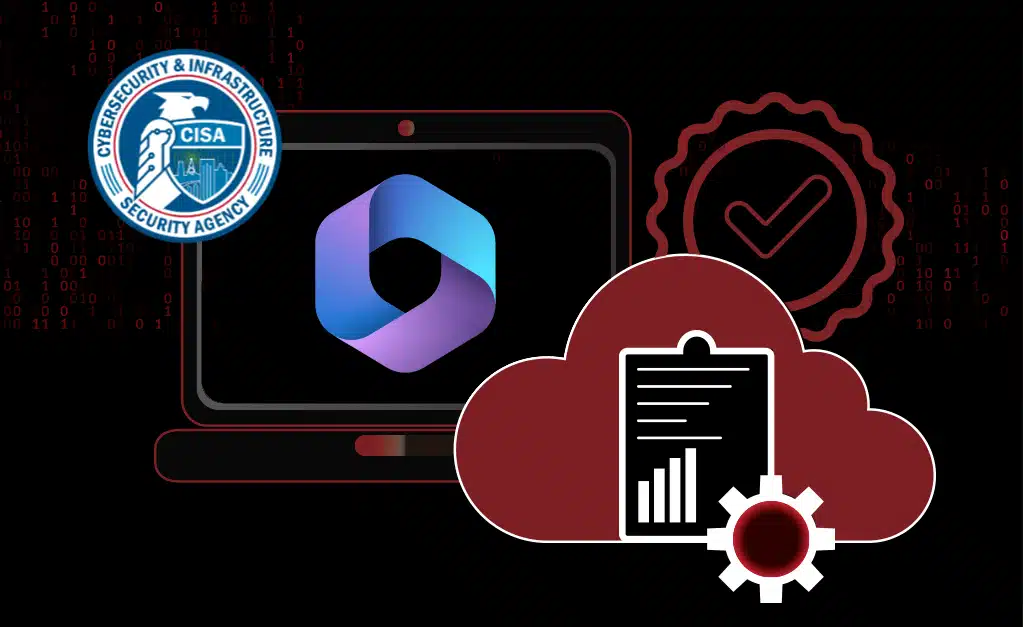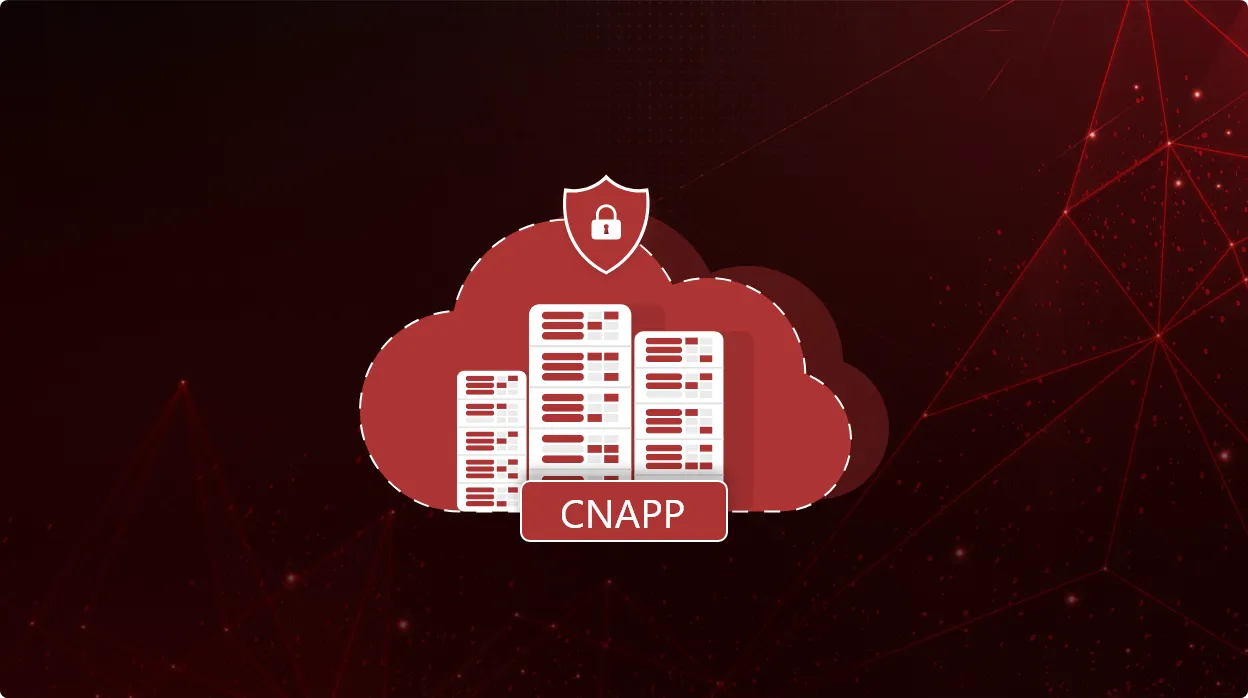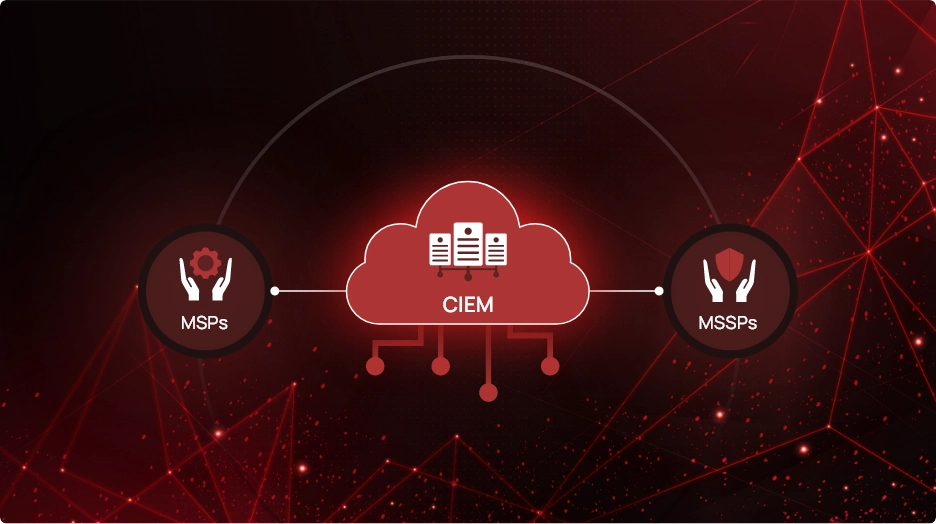CISA’s New Microsoft 365 Security Mandate: What You Need to Know

The Cybersecurity and Infrastructure Security Agency (CISA) has issued a new directive in December 2024, the Binding Operational Directive (BOD) 25-01, requiring federal agencies to strengthen the security of their Microsoft 365 cloud environments. As cyber threats continue to evolve, this mandate serves as a critical reminder of the vulnerabilities that exist in cloud-based applications. While the directive applies specifically to federal agencies, private businesses relying on Microsoft 365 and other SaaS platforms should take note—the risks are universal.
Cloud applications are now the backbone of government and enterprise operations, making them a prime target for cyberattacks. From unauthorized access to data breaches caused by misconfigurations, organizations must take proactive measures to secure their cloud environments. This blog breaks down CISA’s directive, its implications, and what businesses can do to improve their cloud and SaaS security.
What CISA’s Directive Means
BOD 25-01 lays out a structured plan to improve the security of Microsoft 365 environments, ensuring that agencies follow strict security protocols to reduce vulnerabilities. The directive mandates three key deadlines:
- By February 21, 2025: Identify all cloud tenants within the agency’s environment.
- By April 25, 2025: Deploy CISA’s Secure Cloud Business Applications (SCuBA) assessment tools for monitoring security configurations.
- By June 20, 2025: Implement mandatory security policies to align with SCuBA guidelines.
SCuBA is a framework developed by CISA that provides security configurations for various Microsoft 365 applications, including Exchange Online, SharePoint, OneDrive, Teams, Power Platform, and Defender for Office 365. These configurations help prevent unauthorized access, data exfiltration, and exploitation of misconfigured cloud applications.
While the directive is a necessary step for federal agencies, it also highlights a growing issue in cybersecurity: the widespread lack of strong security controls for cloud and SaaS applications across both public and private sectors.
The Rising Need for Cloud and SaaS Security
Microsoft 365, like many SaaS applications, offers convenience and scalability—but without the right security measures, it also introduces significant risks. Some of the most common SaaS and cloud security threats include:
- Misconfigurations: A misconfigured SaaS platform can expose sensitive data to the public or unauthorized users.
- Weak Authentication Controls: Many breaches occur due to weak passwords or lack of multi-factor authentication (MFA).
- Lack of Visibility and Monitoring: Organizations often lack proper monitoring, allowing attackers to move laterally within cloud environments undetected.
- API Exploits: Microsoft 365 integrates with various third-party applications, which, if improperly secured, can become an attack vector.
Trends suggest that misconfigurations in cloud security are responsible for a large number of data breaches. Given this, CISA’s directive is not just about compliance—it’s about preventing cyber incidents that could have devastating consequences.
Lessons for the Private Sector
Though CISA’s directive is aimed at federal agencies, it offers valuable insights that private organizations should consider implementing to improve their own security posture. If government agencies are being required to enforce stricter security measures, businesses should proactively follow suit to avoid becoming easy targets for cybercriminals.
Here are some best practices that organizations can adopt based on CISA’s guidance:
- Conduct a Cloud Security Posture Assessment
- Identify all Microsoft 365 tenants within your environment.
- Audit user roles, permissions, and access policies.
- Implement Multi-Factor Authentication (MFA) and Zero Trust Policies.
- Require MFA for all users, especially administrators.
- Apply least privilege access principles to reduce exposure
- Monitor for Anomalies and Threats in Real-Time
- Deploy advanced monitoring tools to detect suspicious behavior.
- Automate alerts for unauthorized access attempts and policy violations.
- Enforce Secure Configurations Using SCuBA Guidelines
- Review and implement SCuBA’s recommended policies for Microsoft 365.
- Regularly validate that security settings align with industry best practices.
- Continuously Update and Patch Cloud Applications
- Apply security patches to mitigate known vulnerabilities.
- Regularly test security controls to ensure resilience against attacks.
Organizations that proactively adopt these security measures will reduce their attack surface and minimize the risk of cyber incidents.
How CheckRed Can Help
At CheckRed, we specialize in securing cloud and SaaS environments, helping organizations stay compliant, resilient, and protected against evolving threats. Our solutions align with CISA’s latest mandates, empowering businesses to:
- Identify security gaps in Microsoft 365 and other SaaS and cloud applications.
- Enforce secure configurations and automate compliance monitoring.
- Gain real-time visibility to detect misconfigurations and respond swiftly to threats.
- Strengthen overall cloud security posture to prevent costly data breaches.
With CheckRed’s expertise and cutting-edge security platform, businesses can proactively fortify their defenses, simplify compliance, and stay ahead of cyber threats. Whether you’re a government agency or a private enterprise, we provide the tools and guidance you need to secure your cloud and SaaS environments with confidence.


